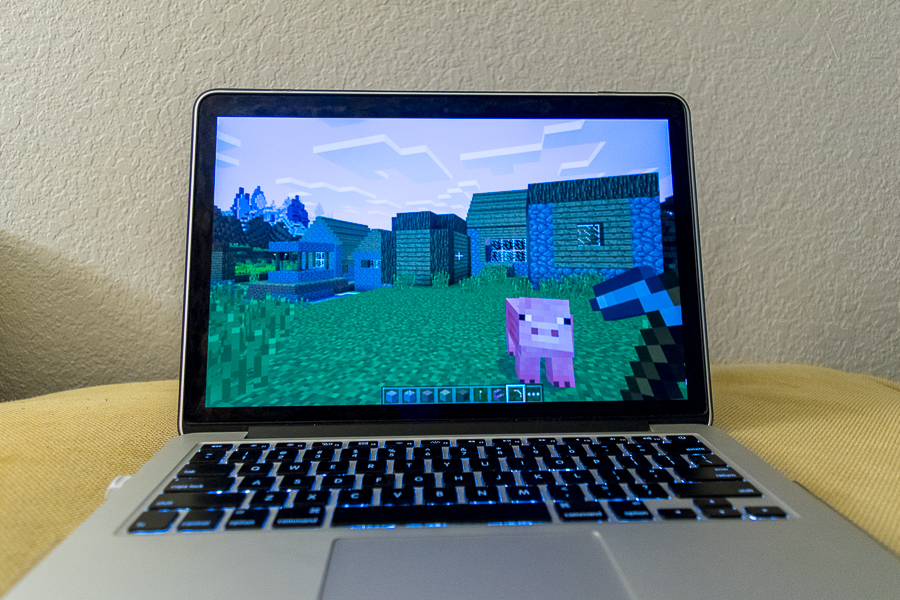
UC Davis MIND Institute researchers explore effects of virtual realities on autism
Video games rarely carry a positive connotation. The mere mention of video games is often accompanied by images of nagging mothers and children staring at screens in zombie-like trances while fiddling tirelessly with controllers. Therefore, it may be surprising to learn that virtual realities are emerging as vital tools to aid the academic, cognitive and social development of children with neurodevelopmental disorders such as autism.
Autism is a complex disorder characterized by hindrances in communicative behavior and normal cognitive development. According to the U.S. Centers for Disease Control and Prevention, autism affects one in 68 American children and has increased in prevalence over recent years.
“While many individuals with autism vary in the amount of social skills they have, they all share these features of having restricted interests and problems communicating in social situations,” said James McCauley, a graduate research assistant at the UC Davis MIND Institute.
This social and communicative impairment that is characteristic of children with autism motivated researchers at the MIND Institute to develop new intervention methods that use virtual realities to help children with autism practice core communication and writing skills. This form of digital neurotherapy — using interactive video games as a treatment option for neurodevelopmental disorders — targets the components of social interaction in which children with autism may be lacking.
Peter Mundy, a professor at the UC Davis School of Education and the director of educational research at the MIND Institute, is incorporating virtual realities into his neurodevelopmental research to help children with autism improve their sociability. In his study, Mundy had participants look into a virtual reality headset and engage in a classroom simulator.
“One thing we really wanted to do with the virtual reality was provide [individuals with autism] with an opportunity to practice communicating with other people,” Mundy said. “One way to do so is to practice public speaking. We set up a virtual classroom where children and adolescents with autism could talk to virtual peers while we were asking them questions.”
In a task called the “fade condition,” participants were asked to make continuous eye contact and maintain conversation with their virtual peers to prevent them from disappearing, or “fading” away.
“We found that [the fade condition] was helpful in getting children with autism to increase the amount of attention they paid to other people while talking,” Mundy said. “We think we may have developed something quite useful in measuring how well children with autism can keep eye contact or look at faces while talking.”
Virtual realities also have the potential to play a critical role in improving the writing skills of individuals with autism, as suggested by UC Davis doctoral candidate Matt Zajic’s research in the field. Zajic recognized that “Minecraft”, a popular video game that involves building with 3-D blocks and interacting with virtual characters, could also improve the course of language and communication development in children with autism. He created writing tasks revolving around “Minecraft” to appeal to children and engage them in the writing process.
“We learned during one of our first writing assessments was that kids liked to write about their favorites games, and a majority of the kids were writing about ‘Minecraft,’” Zajic said.
In his study, Zajic had child participants watch a two-minute “Minecraft” gameplay video. After watching the video, the children were asked to recall everything they could remember and then write a story about what they thought happened in the gameplay.
These tasks, which may otherwise appear daunting or arduous, were completed with enthusiasm since the narrative prompts were associated with “Minecraft”-related themes and gameplay.
“Some of the things we’ve seen so far from the task, anecdotally, was that during our other writing tasks, we had some kids push back and refuse to write, versus this one where as soon as we mentioned ‘Minecraft’, we had no kids arguing against it,” said Zajic.
According to Zajic, interactive virtual realities such as “Minecraft” could gain insight into how individuals with autism process, organize and engage with ideas and information.
While the field of neurodevelopmental disorders is brimming with uncertainty, families of children that are affected by autism can take heart in the newfound and ever-improving technological treatment that virtual reality has brought to light.
“Virtual reality provides a safe place where people with autism can get a lot of practice in interacting in ways that may otherwise be difficult,” Mundy said.
Written by Harnoor Gill and Emma Sadlowski — science@theaggie.org


